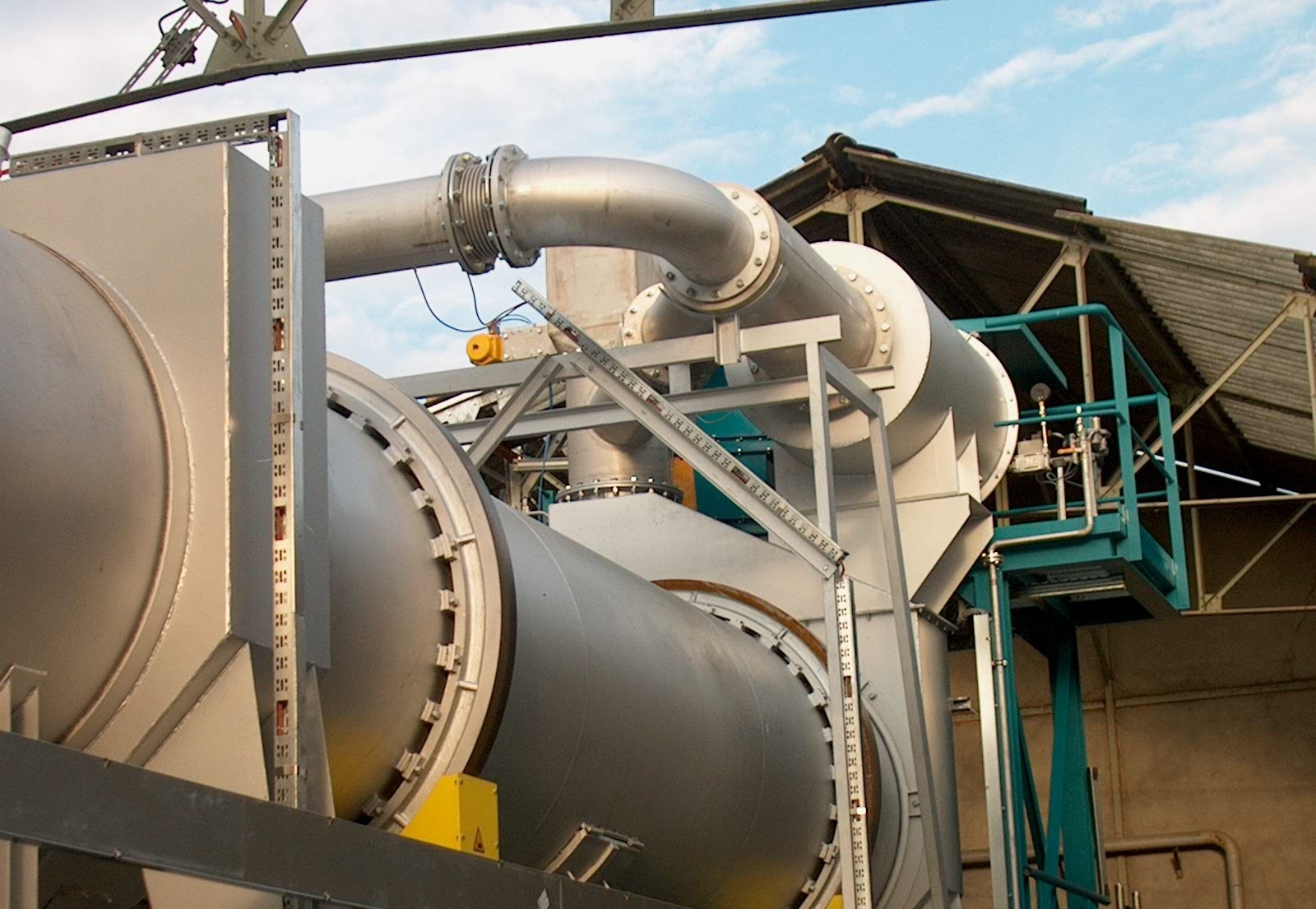
Understanding the Types of Industrial Dryers
June 5, 2019
If you’re not involved in the manufacturing industry, it can be easy to underestimate the crucial role of industrial dryers.
Of course, dryers would naturally be involved in food and drink. Still, few outsides of their respective industries would assume their use in metal production, the aerospace and semiconductor manufacturing industries and construction.
The challenge with industrial drying is maintaining strict tolerances, which allow for efficient production lines, high-quality standards and low levels of wastage. That can be a huge challenge when heat and humidity affect every facet of the manufacturing process.
It’s why our commercial dehumidification systems have become utterly indispensable to businesses operating industrial dryers worldwide. But what types of industrial dryers do we support? Join us as we look at some of the most commonly found examples.
- Air Bar Drying – Air bar dryers produce dispersed drying air to dry and support webs of fragile materials, making them suitable for products which other dryers may destroy.
- Continuous Tray Dryers – Continuous tray dryers have a line of plates or trays with a single slot. Material is fed onto the tray, and a series of ploughs wipes the material from the tray and onto the next one whilst hot air is circulated through the unit.
- Conveyor Belt Drying – The product is fed onto a perforated belt, which is then fed through a dryer. Drying methods can vary, either being passed over or under the product. These systems typically have multiple zones with different temperatures to achieve the desired effect.
- Contact Evaporation Dryers – Objects are placed on a heated surface to promote evaporation.
- Cylinder Dryers – A moving web or sheet is fed over a steam-heated drum to encourage drying.
- Oven Drying – Most commonly found in the food and drink industry, oven drying or stove drying allows extremely controlled heat to be applied universally.
- Pan Dryers – Pan dryers are specialised dryers designed primarily for the pharmaceutical and chemical manufacturing industries. It consists of a heated lower pan in an enclosed vessel with either air, a vacuum or pressurized cover gas. Some models rotate or agitate to prevent sticking.
- Moving Air Dryers – Moving air dryers work by moving low-humidity air over a material to be dried. The material stays still during this process.
- Disc Dryers – These drum-shaped units have a series of heated discs inside. Powders or bulk materials are then fed into the drum, which either rotates or uses low-humidity air to create movement and motion, ensuring an even dry.
- Freeze Dryers – Used for heat-sensitive products, freeze dryers involve placing the material in a vacuum chamber under low heat, cooling the material below its triple point to ensure sublimation rather than melting, and removing the water without destroying the shape of the material.
- Spray Drying – Most commonly used in powder production, spray dryers consist of a feed pump, atomiser, heater, disperser and drying chamber. By pushing the material out in a spray and heating it in the air, even drying can be ensured.
Of course, these are just a small handful of industrial dryers today. To learn how Dehum can help you improve your drying process, get in touch today.









